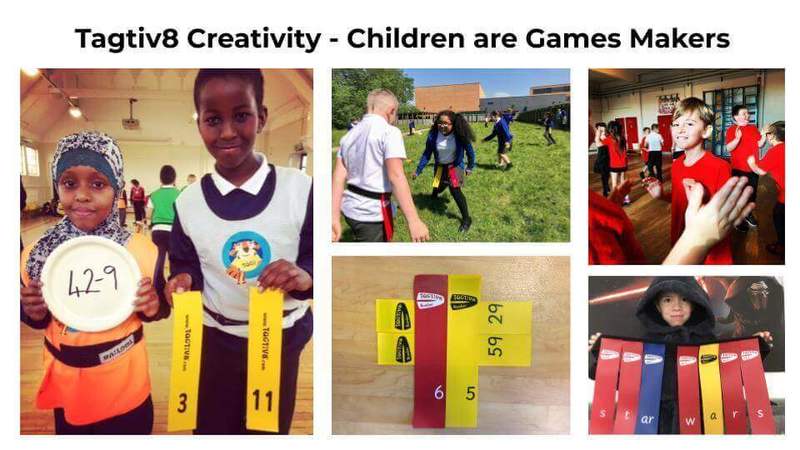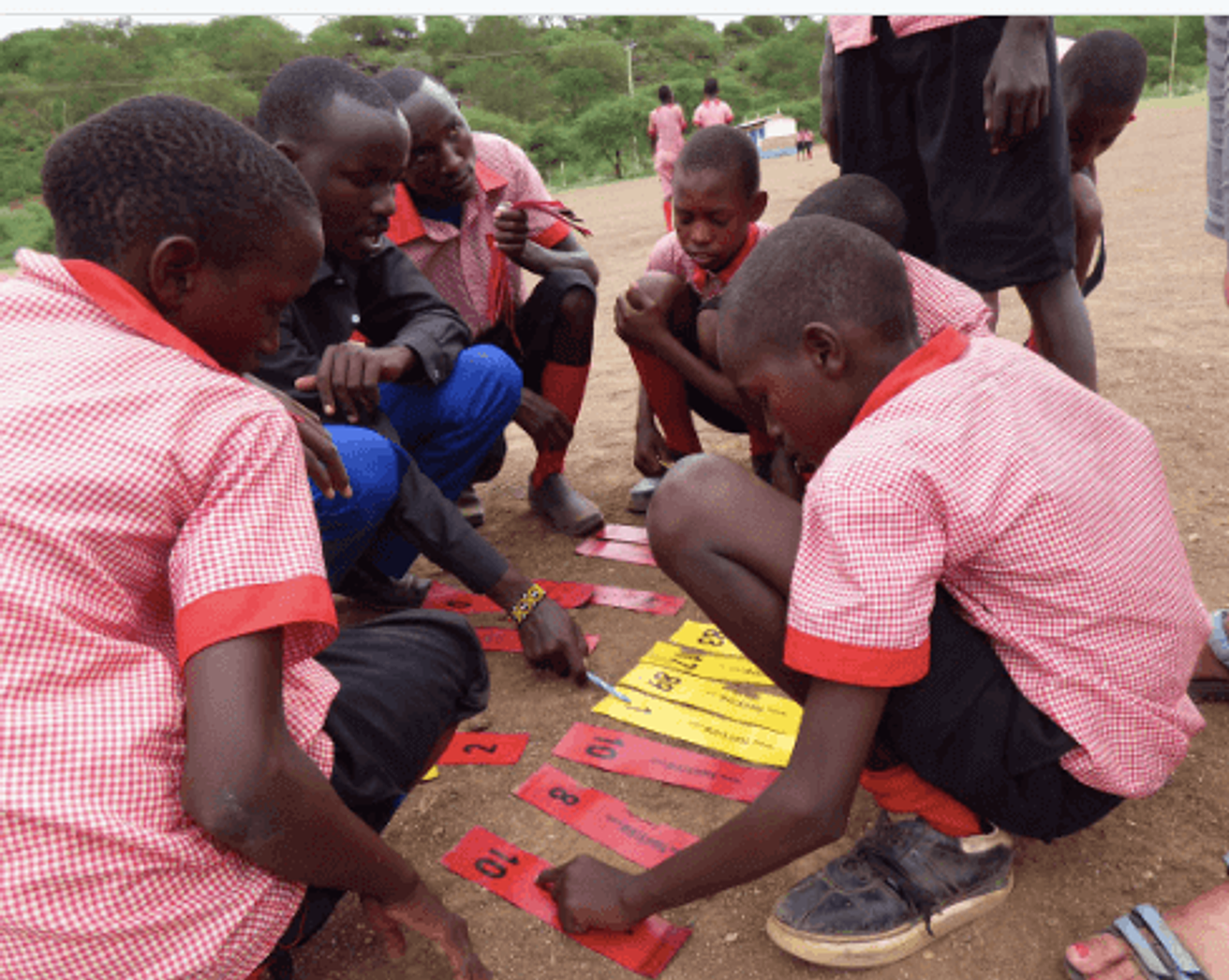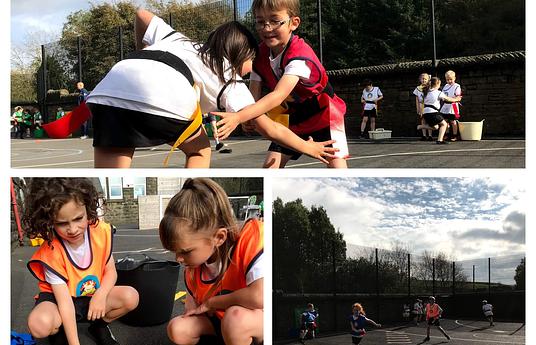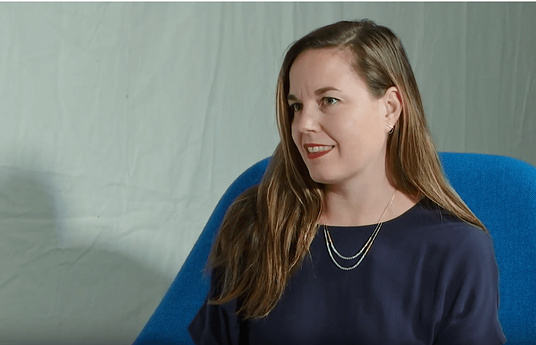When I was a teacher, I would shy away from teaching children in Early Years Foundation Stage (EYFS) or Kindergarten - preferring to teach children aged 5-11. This happened mostly because I often heard teachers use colloquial terms like, ‘ankle biters’ and ‘rugrats’ and caught them saying things like, “You need to be a certain breed to enjoy THAT lot.” Now that I have spent more time working and playing with teachers and children from the early childhood stage, I look back and regret those missed opportunities. I mean, EYFS children are bonkers - bonkers, but wonderful. Who else would hear an instruction such as “Pick up a tag and take it for a walk…” and pretend the tag is a dog? Cue bizarre conversations,
“My dog’s the same colour as your dog.”
“My dog is smaller than your dog.”
“My dog is older than your dog.”
“My dog’s the same age as me.”
“Our dogs are twins.”
Children in Early Years are naturally curious and creative. During my TEDx Talk with Dr. Andy Daly-Smith, we wanted to bring attention to a very important question -
Why do children need to sit down to learn?
During my time in Yorkshire as a teacher and a school leader, I was increasingly concerned that the test-driven curriculum was having a negative effect leading to increased levels of inactivity and obesity in our children. Traditional learning methods were limiting educational creativity, while also negatively impacting physical activity and health of students and teachers alike. With this in mind, I started bringing Physically Active Learning into my classrooms that would combine movement and learning. Initial research started to showcase positive impacts on academic performance, classroom behaviour and cognition.
Now that we know it works, we started to question how we can extend play-based learning into Key Stage 1 - and beyond? The audience’s support, at the TEDx Talk, threw me off balance and I started to seriously reflect and share my thoughts on questions like “Why should we promote play?” and “Why is it essential in early childhood experiences?”
Vivian Paley, an American pre-school and kindergarten teacher and early childhood education researcher, shares
"Play is, in fact, a complex occupation, requiring practice in dialogue, exposition, detailed imagery, social engineering, literary allusion, and abstract thinking. Being both work and love for young children, play is absolutely essential for their health and welfare."
At Tagtiv8 Active Learning, we believe we need to look at ways to increase and embed creative opportunities for learning. We need to reclaim our sports hall not just for PE but for math, literacy, science lessons and beyond.
In practice, we create ideas and games – with children – to redress the balance. Working with children ensures that they are able to successfully create active learning games with a multitude of benefits – a win: win solution for health and education.
And the evidence is everywhere. Apart from the Research by Leeds Beckett University proving that our PAL solutions tackle inactivity & obesity & impact on standards, our parents and fellow EYFS practitioners are telling us how crucial it is to play and hone our children’s creative skills.
“Children build so many social and emotional skills through play. It’s paramount for them to explore their environments and test their abilities to build confidence in themselves, which in turn promotes well being and self esteem. Self belief learnt as a child makes for a more confident adult and with people’s mental health being a high priority now it’s more important than ever.”
“Open ended play offers the opportunity for children to become experts - to test, modify or change and improve, collaborate, fail and succeed.”
“Play is the way children learn - it’s how we open them up to other ideas and encourage curiosity. Play encourages brain development.”
My personal favourite quote comes from Ruth Swailes, National Leadership Consultant, Early Excellence,
“Play provides children with opportunities to explore, experiment and make sense of their world, practice skills in a safe space and develop physical, social and emotional skills. Play is essential for all humans.”

To further explore the benefit of play in our classrooms and lives, I suggest the following:
Articles
Podcasts
Check out this episode from Ryan Ellis at the PE Umbrella.
Research
LEGO Foundation. At the 2019 HundrED Innovation Summit, Sarah Bouchie, Head of Global Programmes at the LEGO Foundation broke down “Learning through Play” into
- Curiosity
- Engagement
- Creativity
- Critical Thinking
- Collaboration
And we completely agree!
Trusted by teachers and children alike, we are currently working with over 60,000 children across the UK and abroad. To know more about Tagtiv8 or reach out to Bryn, head to their innovation page.



